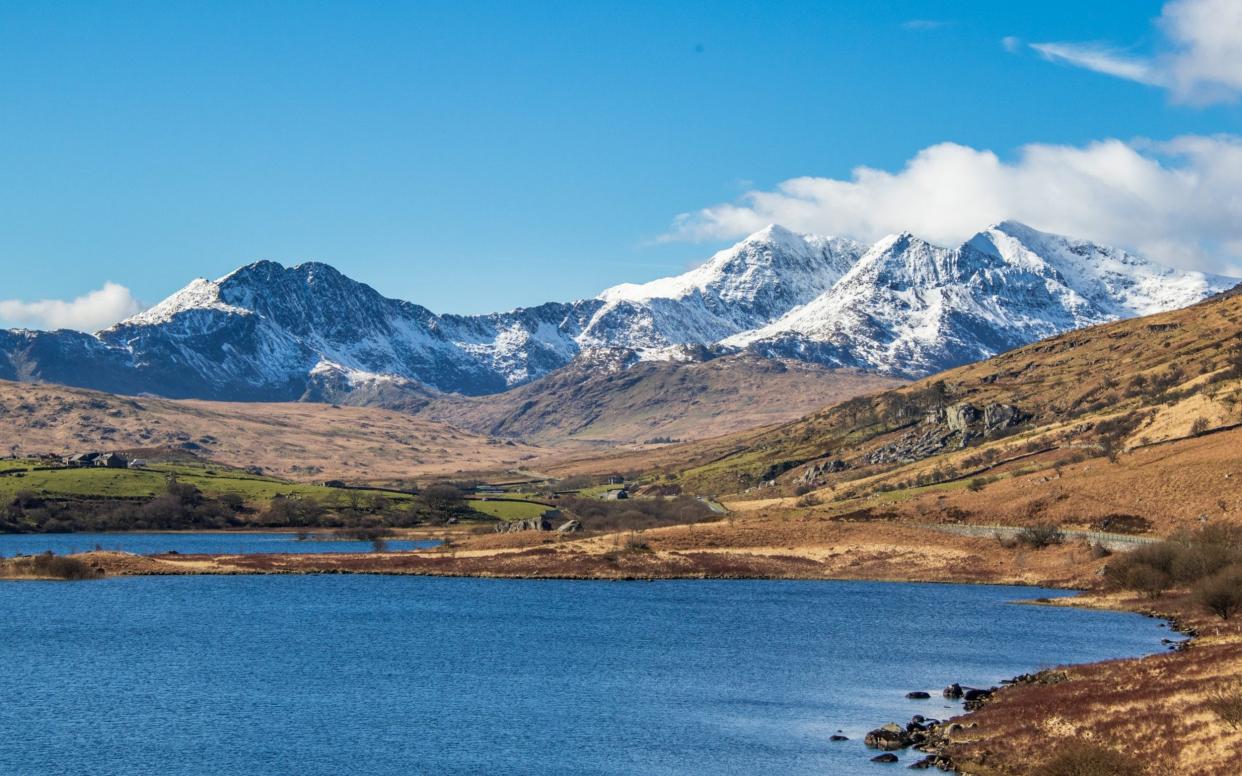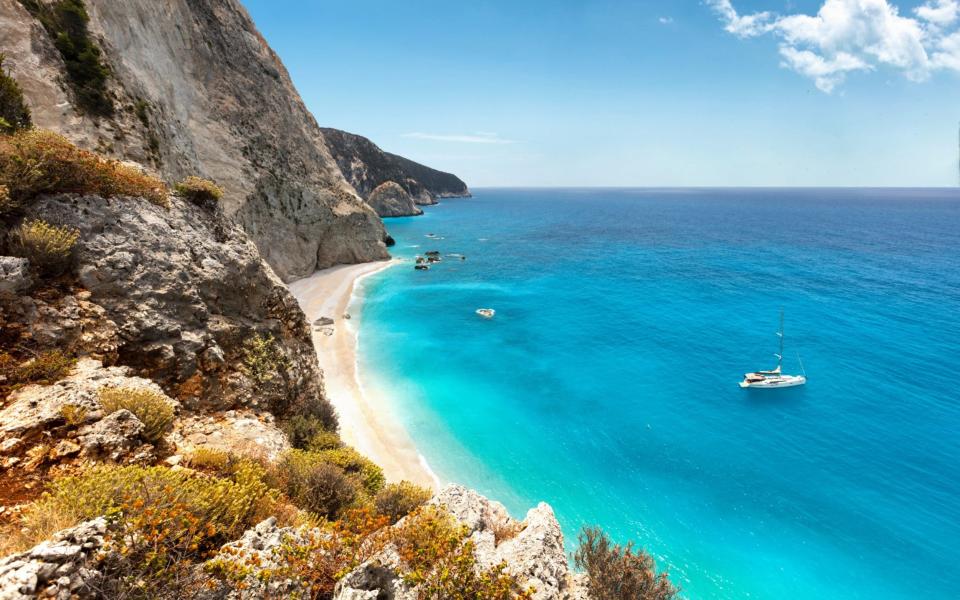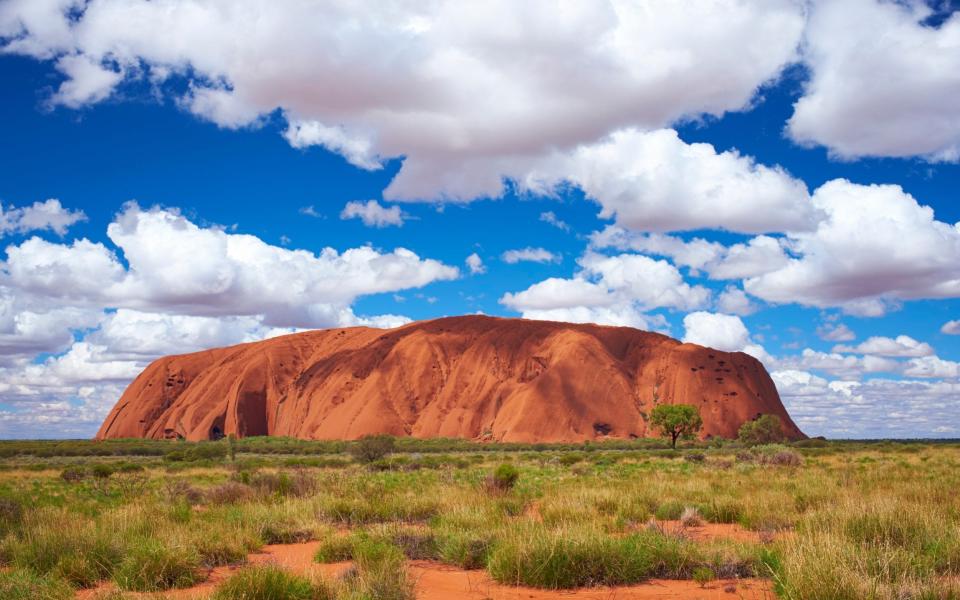From Chomolungma to Thule – the world wonders' forgotten alter egos

“Get your coats, kids, we’re heading to Yr Wyddfa.”
“Er, wheredfa?”
To English speakers, ‘Yr Wyddfa’ doesn’t have quite the same ring to it as ‘Snowdon’, with all its icy, windswept evocations. But a campaign is underway to reclaim the name of Wales’s highest peak, so we ought to get used to it.
A representative for the Gwynedd county council has urged Snowdonia National Park Authority to ditch its English name in favour of its Welsh origins. (Not for the first time, as this Telegraph article dated from 2003 attests.)
Councillor John Pughe Roberts said it was “all down to respect” for the Welsh language and Wales. He added that Snowdonia National Park itself should be referred to as “Parc Cenedlaethol Eryri”.
“If you go to France or Italy or any other country they respect their language and we should do the same,” Councillor Roberts said, adding that he hopes a decision will be made promptly, and that they don’t “kick the can down the road”.
There is precedent, globally, for places adopting their original names. In 2018, the King of Swaziland announced that the landlocked African nation would become known as The Kingdom of eSwatini, to mark 50 years of the country’s independence from British rule. Other Africa nations (Rhodesia to Zimbabwe in 1980, Nyasaland to Malawi in 1964, Bechuanaland to Botswana in 1966) have done the same.
Down under, the mammoth sandstone rock of Uluru was known as Ayers Rock for more than 100 years in honour of the Chief Secretary of South Australia, Sir Henry Ayer, despite always being named Uluru by the Aboriginal Ananga and Pitjantjatjara people. The natural wonder was given the joint title of ‘Ayers Rock / Uluru’ in 1993, before the names were reversed to ‘Uluru / Ayers’ Rock in 2002, in recognition of its Aboriginal origins and the sacred significance of the rock.
Here we take a handful of countries, oceans and world wonders, and zoom in on the histories of what they have been called in another life (and, indeed, what they could be called again one day soon).
Yr Wyddfa (AKA Snowdon)
Yr Wydffa, pronounced ‘er with-va’, translates as “grave” in Welsh. Legend has it that the giant Rhita Gawr, once king of Wales, was buried beneath a cairn of stones on the mountain’s summit following battle with King Arthur. The giant’s beard, from shoulder to floor, was said to be a cloak made up of the beards of the 30 kings of Britain who he had defeated.
Eryri, the Welsh name for Snowdonia, derives from the Latin oriri – “to rise” – although for many years it was thought to refer to the Welsh word for eagle, “eryr”.
The English names by which the national park and peak are now best known derive – not hugely surprisingly – from the Saxon “snow dune”, meaning “snow hill”.
Wadj-Wer (AKA the Mediterranean Sea)
Wadj-Wer is thought to be the Ancient Egyptian name for the Mediterranean Sea, often depicted as a male god of fertility with heavy breasts and shimmering skin. Most references to “Wadj-Wer” denote a place, rather than a divinity – the three-month conflict between Horus and Seth (in the form of hippopotami, are you still following) took place in the Wadj-Wer, while Wadj-Wer has also been used to describe the lagoons off the Nile Delta.
The Ancient Greeks called the Med “ē megálē thálassa” (“The Great Sea”) while the Romans called it “Mare Magnum” (also, Great Sea) or Mare Internum (Internal Sea).

Thule (AKA Iceland / Greenland)
“Thule” is the northernmost location mentioned in Greek and Roman literature and cartography. It has been interpreted to mean various places – Orkney, Shetland, plus some islands off the coasts of Estonia and Norway – but in more recent years the Greco-Roman Thule has been identified as the modern-day Iceland or Greenland.
The first to write of this fabled land was the Greek explorer, Pytheas of Massalia, following his travels in the 4th century BC. In later literature Avienus noted that the summer nights in Thule only lasted two hours, while Greek astronomer Germinus wrote that Thule was “the place where the sun goes to rest”.
Turtle Island (AKA the USA)
“Turtle Island” was what some First Nations people and Indigenous Peoples in the United States call North America.
This is based on the common indigenous creation story, passed on through oral tradition. Under this, it was said that the earth was built on the back of a great turtle – the earth multiplied and allowed the turtle to grow bigger and bigger until the turtle became a huge mass of land. The word for the mythical turtle in the Seneca language is “Hah-nu-nah”.
These days, Turtle Island is popularly used among Indigenous and First Nations culture, as well as non-Native environmental activists. Essayist and environmental activist Gary Snyder uses the term for North America, saying it brings together both indigenous and coloniser cultures – with the English translation of an indigenous creation story.

Chomolungma (AKA Mount Everest)
The world’s tallest mountain is known in Tibetan as “Chomolungma”. This means “Goddess Mother of the World” or “Goddess of the Valley”.
The Sanskrit name, “Sagarmatha” literally means “Peak of Heaven”, although it was not formally identified as the highest point on Earth’s surface until 1852, when the Government of India surveyed the country’s highest mountains.
The mountain was later named after Sir George Everest, the British surveyor general of India from 1830 to 1843.
Hoerikwaggo (AKA Table Mountain)
To the indigenous people of South Africa, the Khoi-san, Table Mountain was known as “Hoerikwaggo” which translates as “mountain in the sea”. The nomadic Khoi people hunted and gathered on this mountain, and those around it, long before white settlers landed at the Cape.
Today, the trails that traverse the Table Mountain National Park are called the Hoerikwaggo Trails, where hikers will find basic accommodation and camping facilities in the wild.

